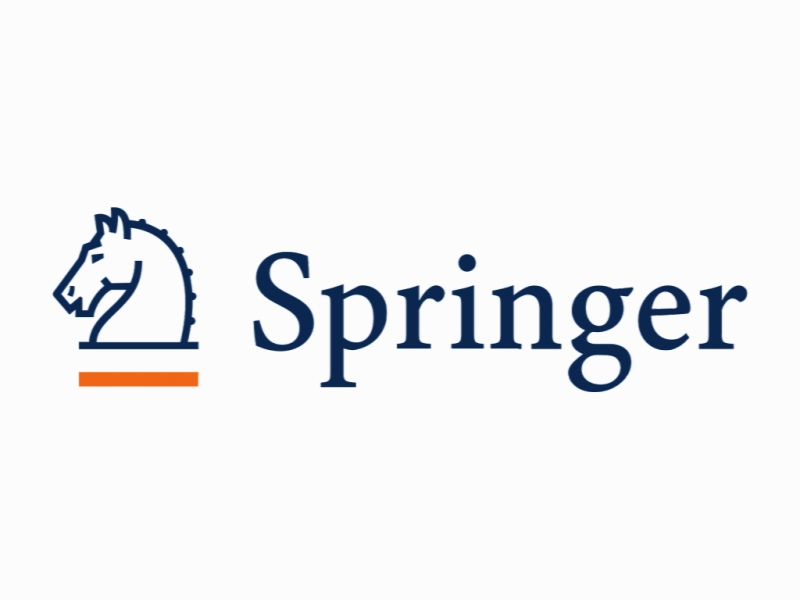تحقیق درباره هرینه یابی مبتنی بر هدف: گذشته، حال و آینده Research on target costing: past, present and future
- نوع فایل : کتاب
- زبان : انگلیسی
- ناشر : Springer
- چاپ و سال / کشور: 2018
توضیحات
رشته های مرتبط مدیریت، حسابداری
گرایش های مرتبط مدیریت مالی، مدیریت استراتژیک، مدیریت پروژه، حسابداری مالی
مجله فصلنامه بررسی مدیریت – Management Review Quarterly
دانشگاه Technische Universität Braunschweig – Germany
منتشر شده در نشریه اسپرینگر
کلمات کلیدی انگلیسی Target costing, Cost management system, Literature review, Future topics
گرایش های مرتبط مدیریت مالی، مدیریت استراتژیک، مدیریت پروژه، حسابداری مالی
مجله فصلنامه بررسی مدیریت – Management Review Quarterly
دانشگاه Technische Universität Braunschweig – Germany
منتشر شده در نشریه اسپرینگر
کلمات کلیدی انگلیسی Target costing, Cost management system, Literature review, Future topics
Description
1 Introduction Cost accounting and cost management systems are the basis for decisions in many fields of business administration. In their current state-of-the-art paper about the history and future of such systems, Pfaff and Trossmann (2016) state amongst others that cost management and decentralised regulation based on cost information will play an important role in the business administration research. Due to significant changes in business and its environment, the existing cost management systems need fundamental enhancements. As such a system, we focus on target costing, which centres on planning and realising target costs to optimise the ratio between relevant product cost factors during the product development process (Hibbets et al. 2003; Nicolini et al. 2000). Since its inception in the early 1960s (Albright and Lam 2006; Hibbets et al. 2003), target costing has rapidly become an established topic in research and practice. Various empirical studies verify target costing’s current world-wide application. For example, it has been used in 78% of Finish forest, metal and electronics companies (Hyvönen 2005) as well as in 84% of US-American (Fullerton and McWatters 2004) and in 89% of Italian manufacturing companies (Cinquini and Tenucci 2010). Although a great variety of characteristics is subscribed to target costing, it is widely agreed that (1) market orientation, (2) early cost management and (3) cooperative efforts are its main characteristics (see, e.g., Chen et al. 1997; Everaert and Swenson 2014; Ewert and Ernst 1999). First, due to the initial question of target costing, which is “What is a product allowed to cost?” (Flik et al. 1998; Hoffjan 1994; Seidenschwarz 2003), market cost information assumes the central role for cost-efficient product development (Everaert and Swenson 2014; Ewert and Ernst 1999). Second, an emphasis is put on cost management during (early) product development. In this phase, the greatest leeway for cost improvements exists (Fischer and Schmitz 1994; Park et al. 2016), and the future performance as well as profitability of any product are widely determined (Ax et al. 2008; Ibusuki and Kaminski 2007). Third, cooperative efforts of a wide range of specialists from different business areas are required to achieve challenging target costs (Everaert et al. 2006; Roslender and Hart 2002). On the one hand, target costing is subject to various critiques. For example, it is argued that target costing generally necessitates a high degree of coordination of all involved business areas and members (Steinhoff and Trommsdorff 2008). Also, its proliferating complexity parallel to product sophistication is criticised (Horváth et al. 2015). In regard to target cost calculation, voices of concern emphasise an underlying hidden difficulty that, e.g., stems from uncertain information (Ewert and Wagenhofer 2014). On the other hand, a series of approaches have been proposed to resolve drawbacks due to methodological deficiencies and to further extend the basic target costing concept. Both the critical and the methodological contributions have led to a huge number of published studies in the domain of target costing.


